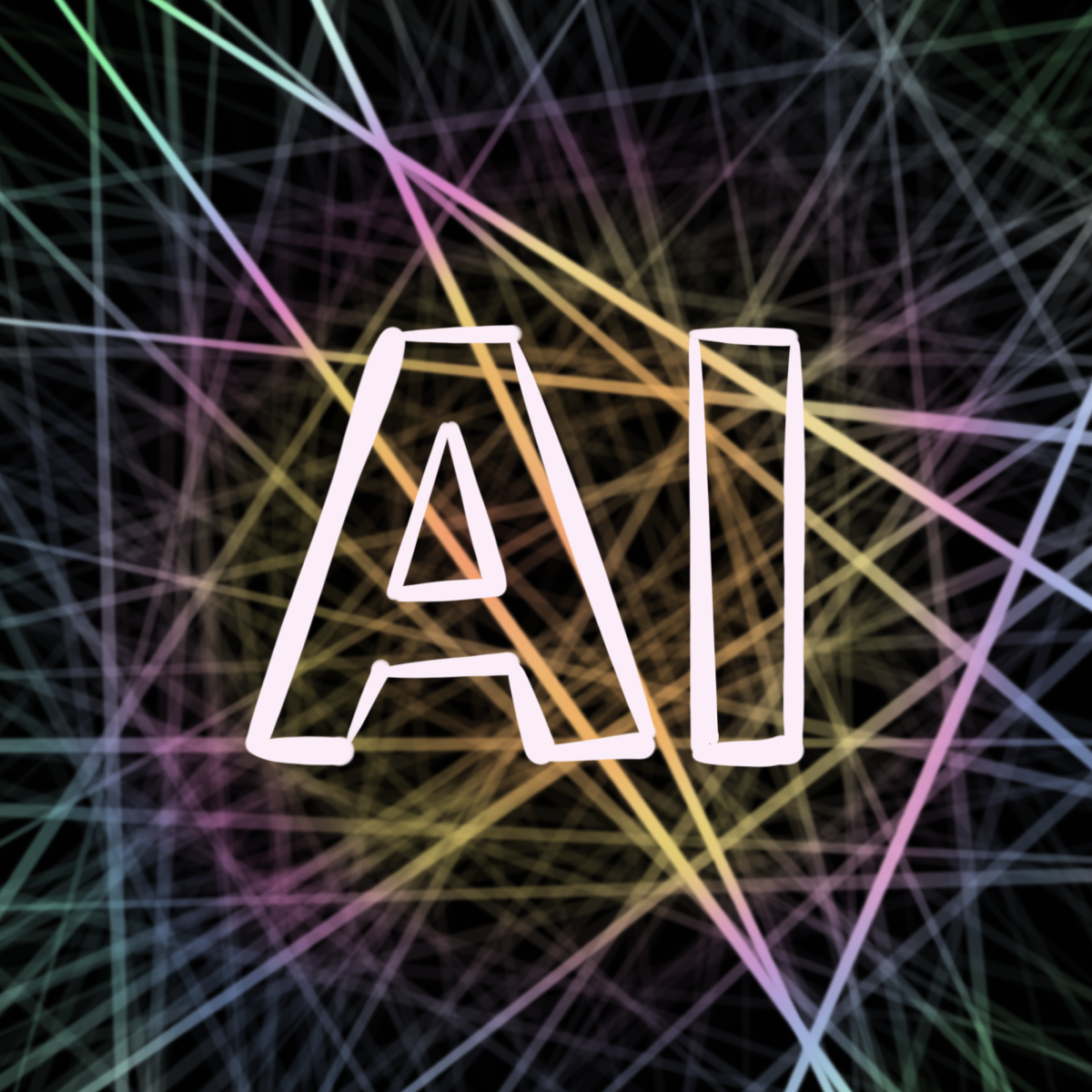Understanding Artificial Intelligence: How Computers Learn and Think
Artificial Intelligence, or AI for short, is a fascinating field that brings computers closer to human-like intelligence. It allows machines to perform tasks, make decisions, and solve problems just like we do. But how does AI work? Don’t worry if this sounds complex; we’re here to break it down into simpler terms.
What is Artificial Intelligence?
Imagine you have a robot friend, and this robot can do some pretty smart things. It can recognize your face, chat with you, play chess, or even suggest movies you might like. All these incredible abilities in computers are thanks to AI. It’s like giving a computer a brain, making it think and learn.
How Does AI Work?
AI works its magic through two essential processes: learning and reasoning. Let’s explore these processes in more detail:
1. Learning:
Just like humans learn from experiences, AI systems learn from information and data. Let’s take an example: teaching a computer to recognise dogs in pictures. Initially, it doesn’t know what a dog looks like. It needs training.
You show your computer lots and lots of pictures of dogs — big dogs, small dogs, fluffy dogs, and short-haired dogs. The computer doesn’t magically figure out what a dog is. Instead, it looks for patterns and features in these pictures. It might notice that most dogs have four legs, tails, and furry coats.
As you keep showing more pictures, the computer gets better at recognizing dogs because it remembers these patterns. It’s like learning to ride a bike; the more you practise, the better you get. This learning process is at the heart of AI.
– Machine Learning:
Think of machine learning as the teaching method for your computer friend. It’s like giving it a set of instructions to help it learn. These instructions (called algorithms) guide the computer in finding patterns and making predictions. It’s like a recipe for teaching your computer.
– Deep Learning:
Deep learning is a special kind of machine learning. It’s inspired by how our brains work, with interconnected neurons. These “neural networks” allow the computer to find really complex patterns, such as distinguishing between different dog breeds or even recognizing your emotions from your facial expressions.
2. Reasoning:
Learning is one thing, but AI also needs to think and make decisions based on what it has learned. This is where reasoning comes in. Once your computer friend has learned about dogs, it can use that knowledge to answer questions or perform tasks.
For example, if you show it a new picture and ask, “Is this a dog?” it uses what it has learned to decide. It looks for those familiar dog features like four legs, tails, and furry coats to make its decision. This process is like using your brain to solve problems.
Wrapping Up
AI is like giving computers superpowers. It lets them learn and think, making them incredibly useful for various tasks, from recognizing faces to diagnosing diseases in medical images. So, when you hear about AI, remember that it’s like teaching a computer to be super smart and helpful. It’s not magic; it’s science and clever computer programming at work!







